After the bang in the United Kingdom and the United States, psychedelia is also taking root in Italy. From 1966 to 1971 many musicians enriched the pop song with the help of the new technologies present in the recording studios, as well as by the effects applied to the instruments. It is a whirling of sounds that not only affect the body, but also the mind, after all it was a widespread idea in the second half of the 60s to broaden awareness through synthetic drugs and music. Better still by combining the two.
Of course, it’s not easy for an Italian musician of the time to notice what was happening beyond the borders. The Internet doesn’t exist, radio stations dedicated to rock music don’t even talk about it and foreign records don’t enjoy widespread circulation. The only way is to try to tune into Radio Luxembourg, which broadcasts on AM. The sound is far from clear and small transistor radios are often used to pick it up, but what comes from the rock heavens is immediately “covered”. Once the music has been tuned, an Italian text is slammed onto it which often has nothing to do with the original, see the Light My Fire by the Doors which in the version of Gli Innomimati becomes Take a match. Fortunately, over time many take an independent path and, although influenced by foreign groups, begin to write original songs whose lyrics have relative importance compared to musical inventions.
Within the Italian psychedelic cauldron there are bands that despite having a short life are able to leave an important mark and other more noble ones that will embrace the subsequent evolutions of the genre. Psychedelia also favors detachment from commercial schemes at all costs. Perhaps for the first time, Italian musicians can experiment without worrying excessively about ranking results, however arousing keen interest among young people with proposals that go hand in hand with the pre and post ’68 cultural revolution. We begin to speak more and more often of an alternative audience to pop music and the underground as an incubator of artistic movements and trends.
Italian psychedelia has often left 45s, with bands such as the aforementioned Innominate, or the Jaguars, the Funamboli, the Bit-Nik, Le Bisce, the Mr. Anima or the Gems, but there is no shortage of albums. With the beginning of the ’70s, psychedelia flows into the nascent progressive movement making time to deliver to posterity some visionary gems like the ten below. As a bonus, three singles from groups that didn’t make it to record an album, but that absolutely mustn’t escape fans.
Hallucinogenic trip
The Astrals
1967-1968
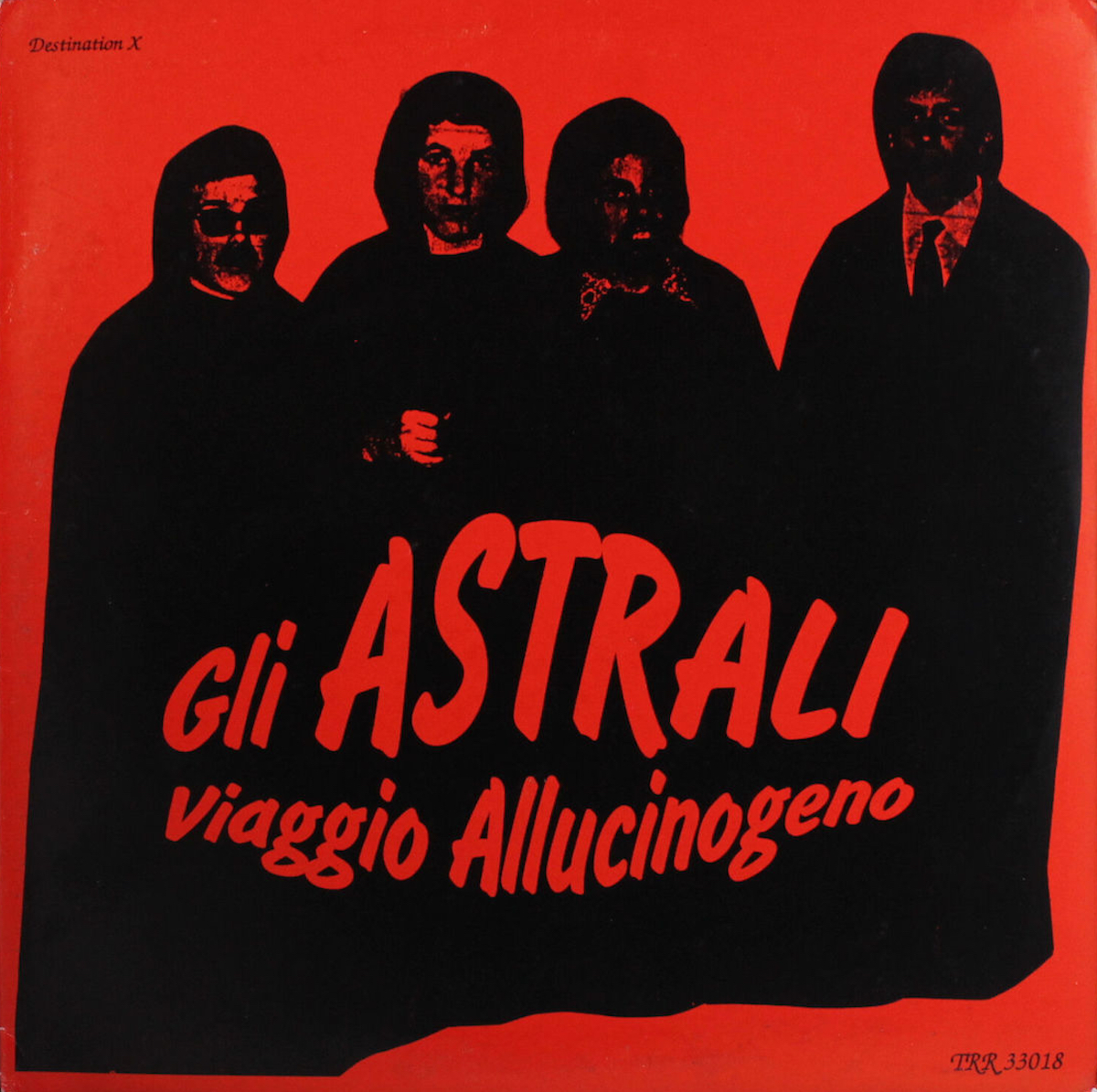
The Astrals from Turin have never recorded a single. Their recordings were fortunately collected in this album released in the mid 90’s. Inside there are beautiful acid covers of Byrds, Yardbirds and Standells, but the original songs are surprising, often on the same line as Syd Barrett’s Pink Floyd. The suite Another hallucinogenic trip is inspired not just by Interstellar Overdrivebut has several original ideas and anticipations of certain cosmic rides destined to great fortune in the kraut rock field.
Dedicated to…
Mario Schifano’s Stars
1967
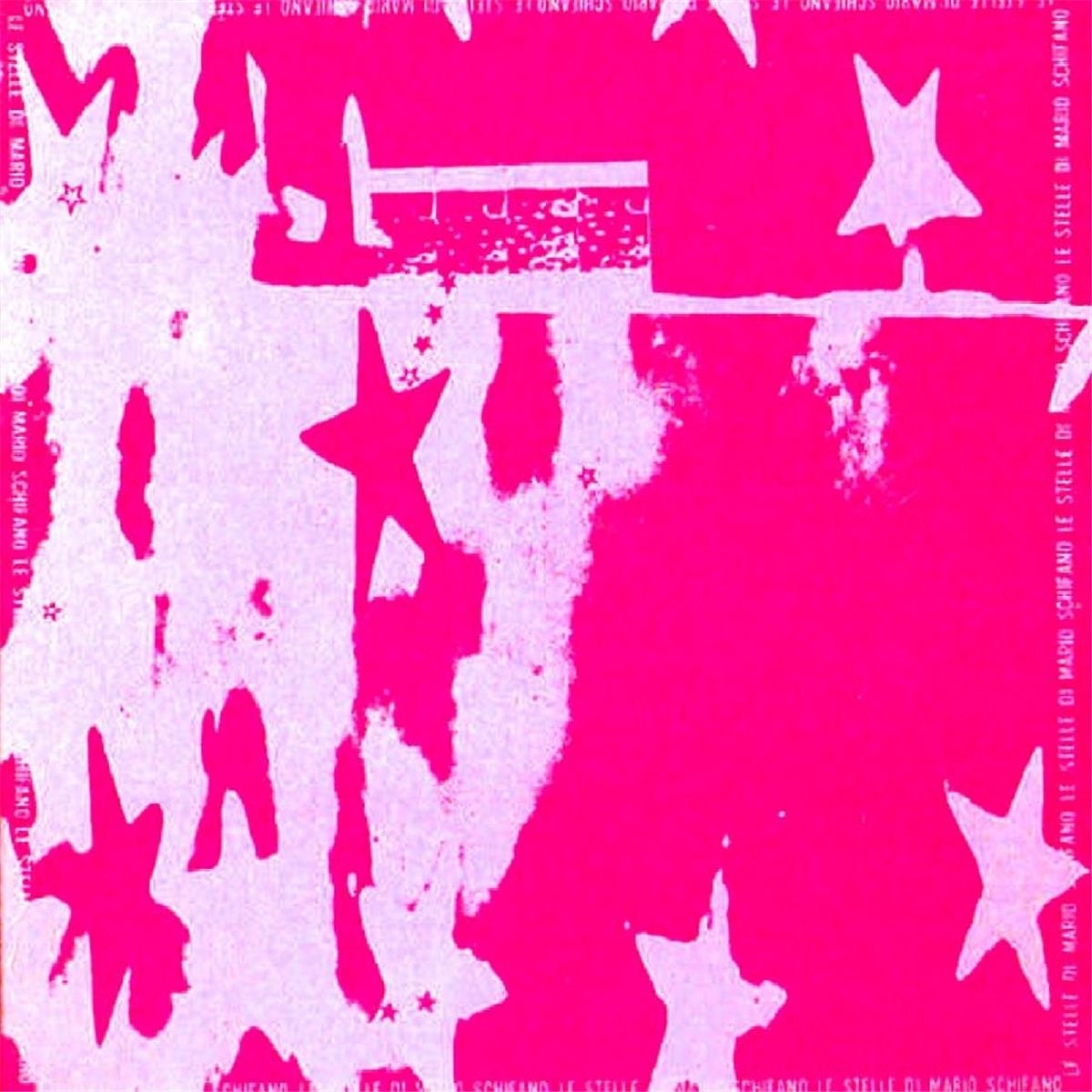
One of the cornerstones of Italian rock everything. They are our Velvet Underground with Andy Warhol in place of the famous avant-garde painter and director Mario Schifano who brings together five musicians from the Rome area and locks them in the studio to improvise freely, without schemes and stakes, in order to give a soundtrack to his abstract pictorial works. The result is Dedicated to…with the amazing suite that covers the first facade: Brandimante’s last words, from Orlando Furioso, guest Peter Hartman and the end (to be listened to with the TV on, muted) which starts medieval and sinks into the tortuous abyss of delirium.
Stereo team
Team 84
1968
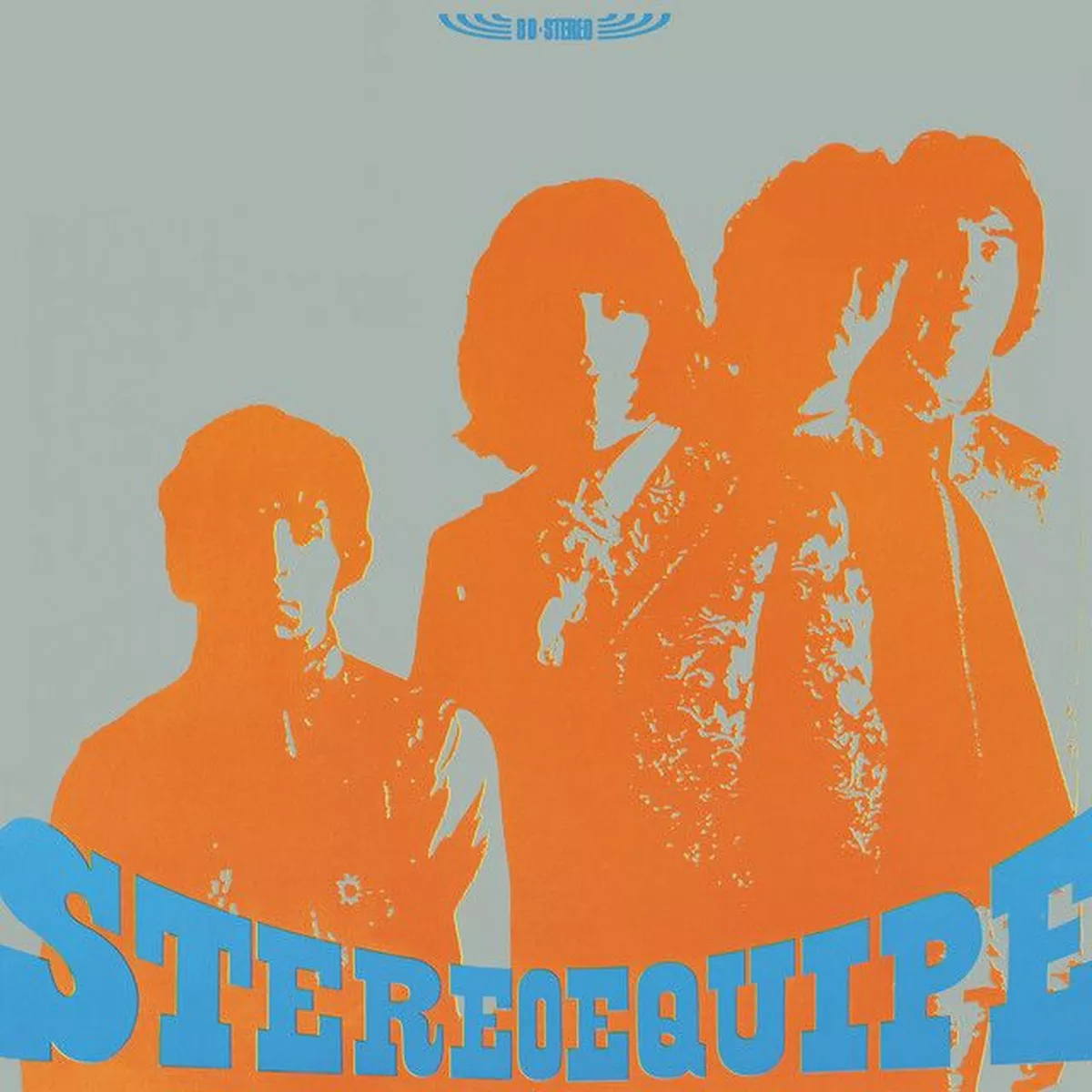
In 1968, Equipe 84 decided to create his own Sgt Pepperor rather, his Days of Future Passed by the Moody Blues, with the pieces joined by a series of classical interludes recorded by the Orchestra Sinfonica della Scala of Milan. Making use, for the first time in Italy, of an eight-track recorder, the musicians indulge themselves with varied sounds and effects to dress up a series of songs ranging from the famous September 29th And In the heart, in the soul to covers and original creations in which the sense of pleasant psych daze never fails.
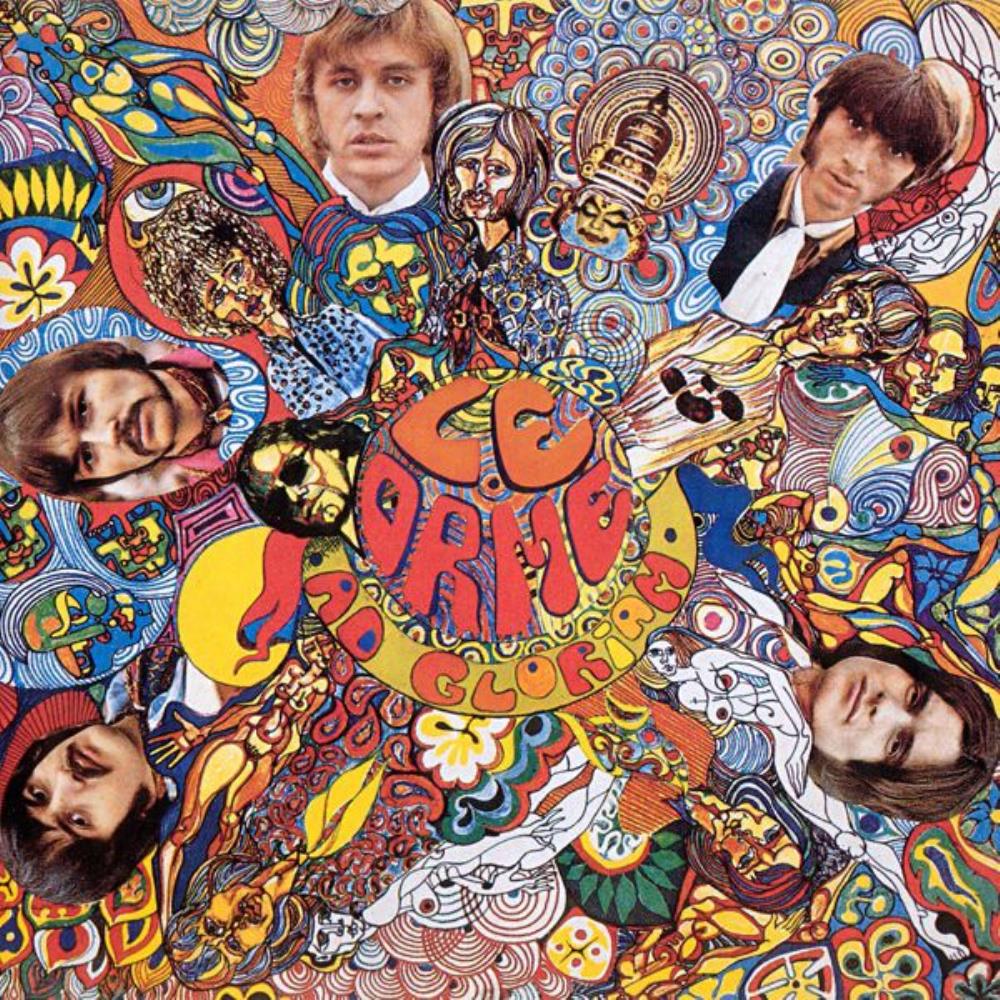
Destined to great acclaim in the prog arena, the boys of Le Orme (at the time a quintet) released in 1968 a record considered by many to be the pinnacle of Italian psychedelia. Ad Gloriam in reality it is not massively “lysergic”, it is more an aromatic cannabis tea with 11 songs, one more beautiful than the other, with all the colors of the Summer of Love, which at times already suggest progressive acrobatics.
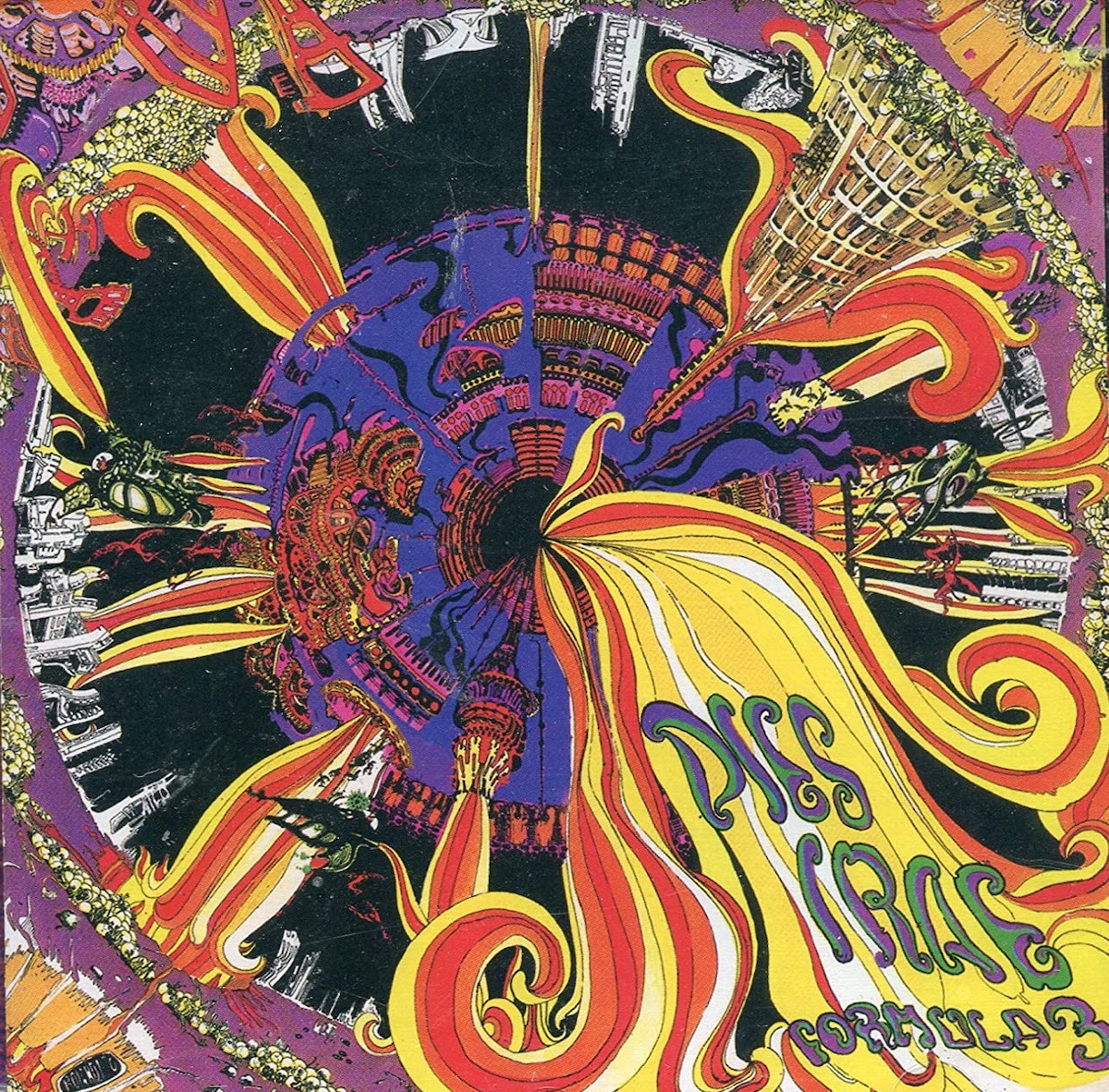
Dies Irae it’s restless and excruciating from start to finish, with Alberto Radius’ guitar and Tony Cicco’s drums bombing like a train into space. In between Gabriele Lorenzi tortures his Hammond and all three psychdelize what were (apparently) simple Baptist songs like It’s not Frances And This crazy feeling. Then when the title track starts we are swallowed by a black hole.
Sirius 2222
The Bronze Ballet
1970

The group is the same as YS file, but Gianni Leone isn’t there, so the whole dark-prog part is gone. In Sirius 2222 there are five young Neapolitans determined to rock a warm mix of Zeppelin-like psycho hard rock, at times funkish. There are cosmic scents in the album’s title suite, with the controls well aimed at the center of the sun. You will wake up with me it has a crazy shot and is included in the end credits of Mario Bava’s horror film 5 dolls for the August moon.
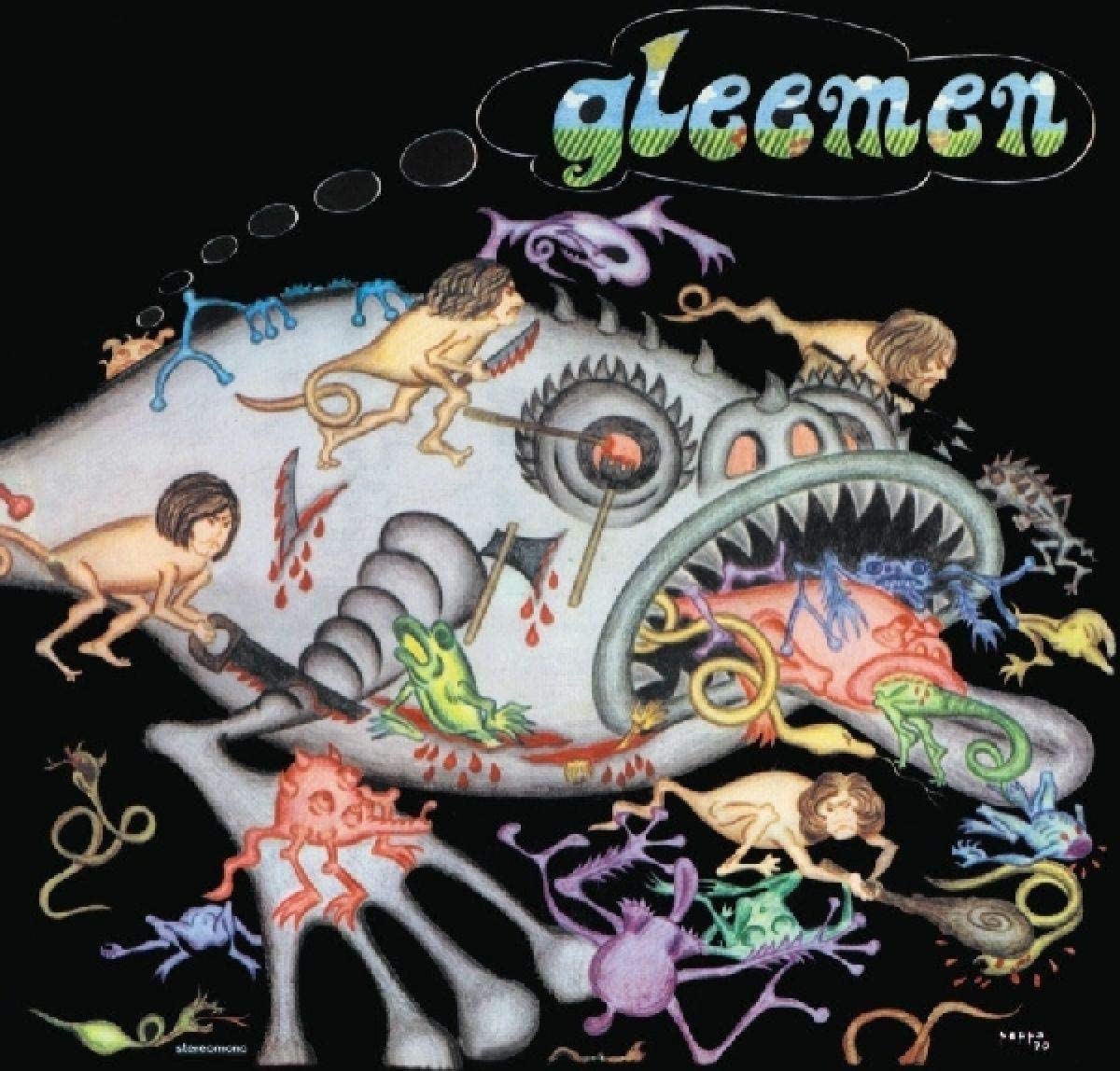
At the time, the Genoese guitarist Bambi Fossati was considered the Italian Jimi Hendrix, with good reason. Having set up his Experiences (but with the addition of an organist), Fossati shoots his cartridges to a thousand in a package of songs between beat reminiscences and a psychedelic attitude facilitated by his extraordinary evolutions supported by an incandescent rhythm and by the dreamlike suggested by the keyboards. After this album the Gleemen will change into Garybaldi and make a name for themselves in the progressive arena.

A name, a guarantee. The Trips propose themselves as authors of the perfect soundtracks for acid incursions into one’s own unconscious, true hallucinogenic excursus in which to lose space-time coordinates. Here and there there are still some typically Italian melodic touches (despite the presence of two Englishmen in the band) who however manage to coexist in harmony with the psych derailments. After this album they will throw themselves body and soul into prog.
Circus 2000
Circus 2000
1970
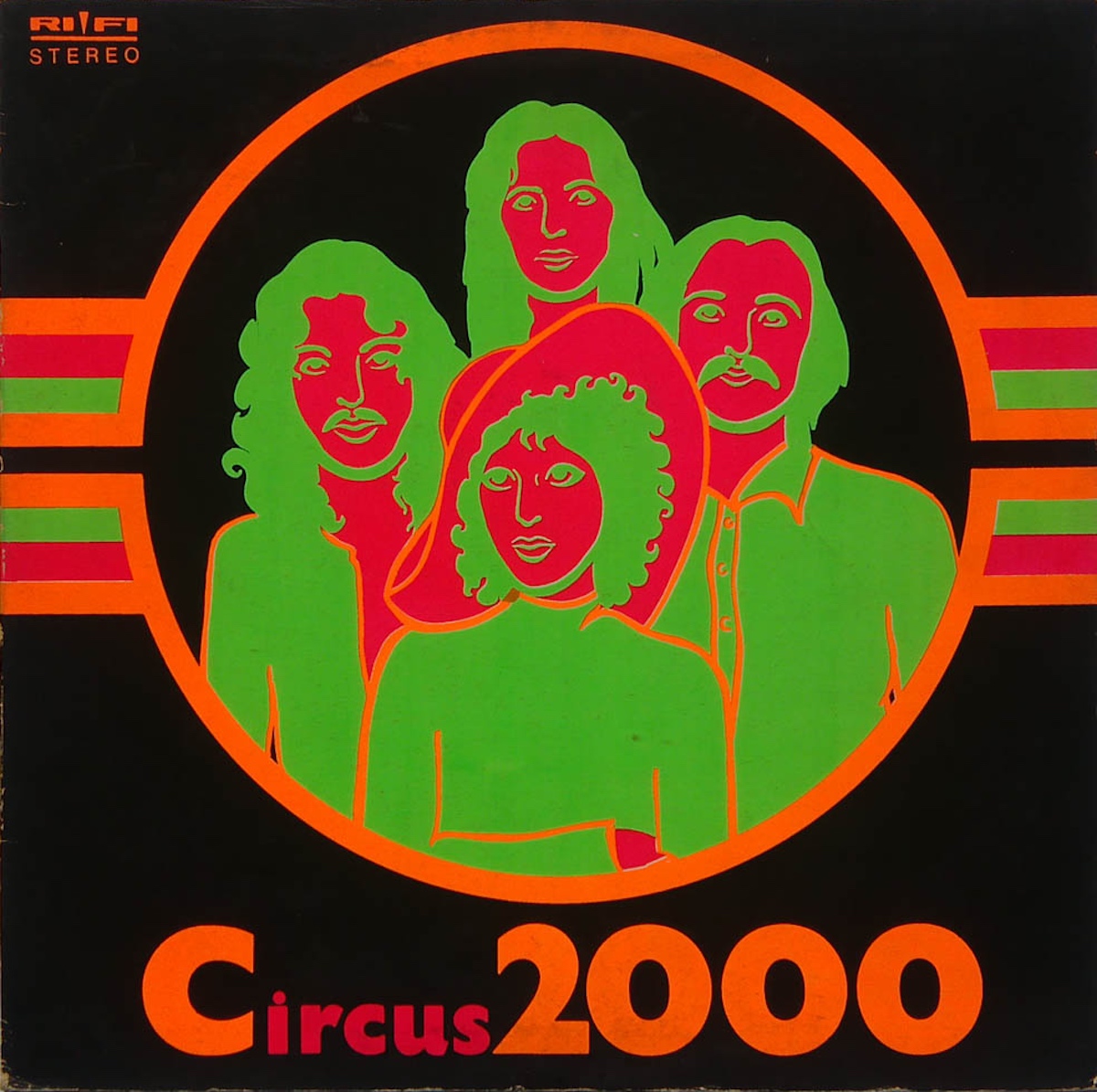
The local Jefferson Airplane, with Silvana Aliotta sort of Grace Slick whose voice ranges from whisper to sensual grit. For the first time in Italy, a female voice disengages from pop conventionality and explodes in ten songs that sometimes renounce the visionary atmospheres dear to the genre and propose a tough rock, but full of instrumental inventiveness.
Psychedelic and underground music
The Psycheground Group
1971
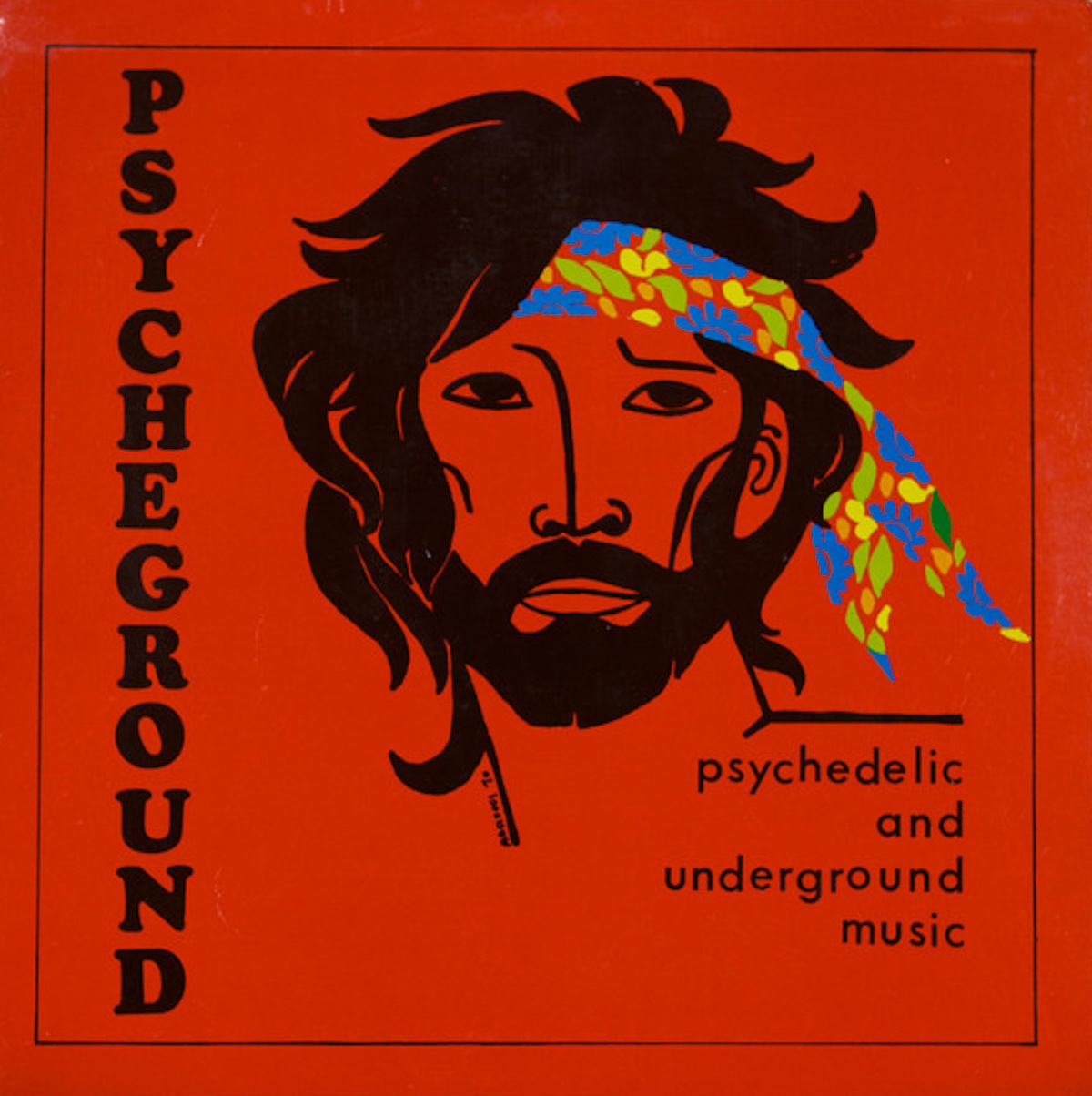
This genre-perfectly named group actually never existed. It was born from the mind of producer/composer Gianfranco Reverberi who had gathered a series of musicians from the band La Nuova Idea to perform a series of jams and his songs, intended for use in soundtracks and soundtracks. Everything works great, at times it seems to listen to the most pissed off Grateful Dead taken to get upset between rock-blues-jazz guitar flames.
BONUS: three 45s
Fantom’s from Turin are the real forerunners of Italian psychedelia, given that already in 1966 they manage to publish a single with three tracks (advertising signs, Nadia, The train) based on garage guitars and effected voices that have a devastating hypnotic effect. All amplified by some truly adventurous changes of scenery for an Italian group of the time.
Dances of the evening (Suite in a psychedelic way) / The numbered stones from 1968 (with a beautiful gatefold cover) is the spearhead of Italian psychedelia. The Chetro & Co. are even assisted by Pier Paolo Pasolini who makes his poetry available Nightset to music to give life to Evening dances, an iridescent whirlwind of free sounds brought back to order by an alienating melodic construct that springs as if by magic from a mystical and colorful reality. The same goes for the equally successful back, albeit without Pasolini’s text. A great pity they didn’t make it to the album.
In Till arms become wings / And the world falls down from 1970, the Krels get into it pretty tough and with great skill they get the best out of their instruments, reinventing themselves as a local version of the first Deep Purples and resulting perfectly credible. Pay particular attention to the Hammond organ. After all, they are not newbies, a short time before with the name IQuelli they had become among the most requested Italian session men. Shortly after this single they will change their name again to Premiata Forneria Marconi. I don’t think we need to add anything else.

